A beautiful day at Braddocks Trail Park, sunny and pleasantly warm. About 15 people joined walk leader Richard Jacob for a tour through the park. For many this was the first club walk that they had attended. After a quick rundown of what we might find in the walk we set of on a trial from the car park. Not 10 yards in 4 morels were found! Sadly we didn’t find any more with the main group. A good variety of other spring mushrooms were found along with a few left overs from last year.

One of the more unusual finds of the day was the Tree Slime fungus Fusicolla merismoides. growing on sap oozing out of a grape vine. The slime is a actually a mixture of fungi and bacteria that are naturally found on plant leaves or in the soil. The Latin name for the slime is for one of the more common constituents, Fusicolla merismoides. Analysis of different specimens show the exact mix of species can vary. None of the species found in the mixtures are known for harming the host plant rather they are just taking advantage of a a nutritious food sauce while the conditions are right.
Species list identified and entered by Richard Jacob.
List of species found on the walk at Braddocks Trail Park:
[icon style=”camera”] Allodus podophylli (Mayapple Rust),
[icon style=”camera”] Cerioporus squamosus (Dryad’s Saddle, Pheasant Polypore),
[icon style=”camera”] Cerrena unicolor (Mossy Maze Polypore),
[icon style=”camera”] Daldinia childiae (Carbon Balls),
[icon style=”camera”] Exidia glandulosa (Beech jelly roll),
[icon style=”camera”] Fusicolla merismoides (Tree slime flux),
[icon style=”camera”] Galerina marginata (Deadly galerina),
[icon style=”camera”] Gymnopus dryophilus (Oak-loving Collybia),
[icon style=”camera”] Laetiporus sulphureus (Chicken of the woods),
[icon style=”camera”] Morchella americana (Yellow Morel),
[icon style=”camera”] Morchella diminutiva (Tulip Morel),
[icon style=”camera”] Morchella punctipes (Half-free Morel),
[icon style=”camera”] Mycena haematopus (Bleeding Mycena),
[icon style=”camera”] Mycena inclinata (Clustered bonnet / oak-stump bonnet cap),
[icon style=”camera”] Neofavolus alveolaris (Hexagonal-pored Polypore),
[icon style=”camera”] Phylloscypha phyllogena (Common Brown Cup),
[icon style=”camera”] Phellinus robiniae (Cracked cap polypore, Locust polypore),
[icon style=”camera”] Pluteus cervinus (Deer mushroom),
[icon style=”camera”] Polyporus arcularius (Spring Polypore),
[icon style=”camera”] Polyporus badius (Black-footed Polypore),
[icon style=”camera”] Schizophyllum commune (Split Gill),
[icon style=”camera”] Stereum complicatum (Crowded Parchment),
[icon style=”camera”] Trametes gibbosa (Lumpy bracket),
[icon style=”camera”] Trametes versicolor (Turkey-tail),
[icon style=”camera”] Trichaptum biforme (Violet Toothed-Polypore)
Species not currently on clubs life list or not fully identified:
Entoloma species
Tubaria species
hypoxon
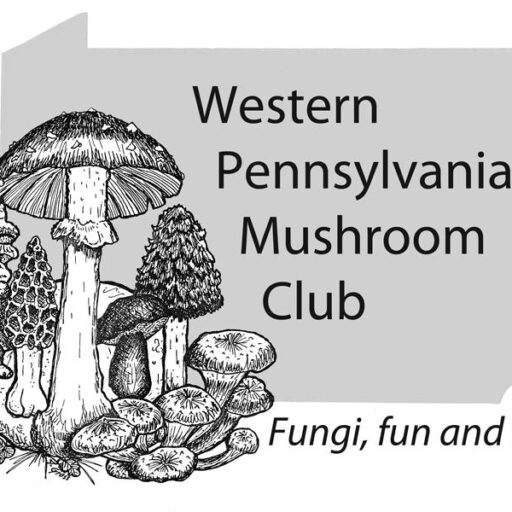
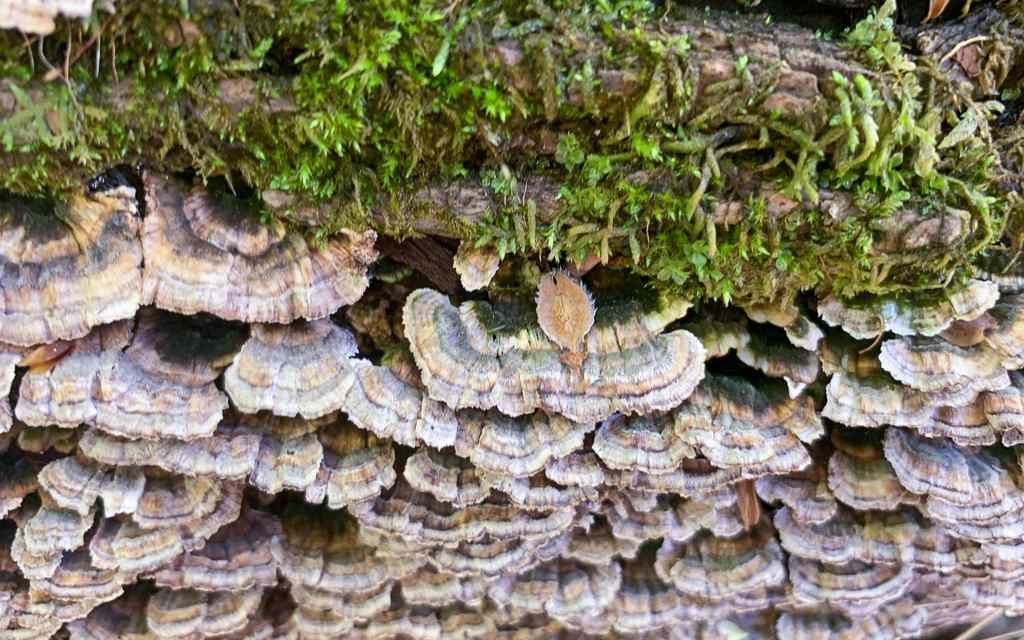
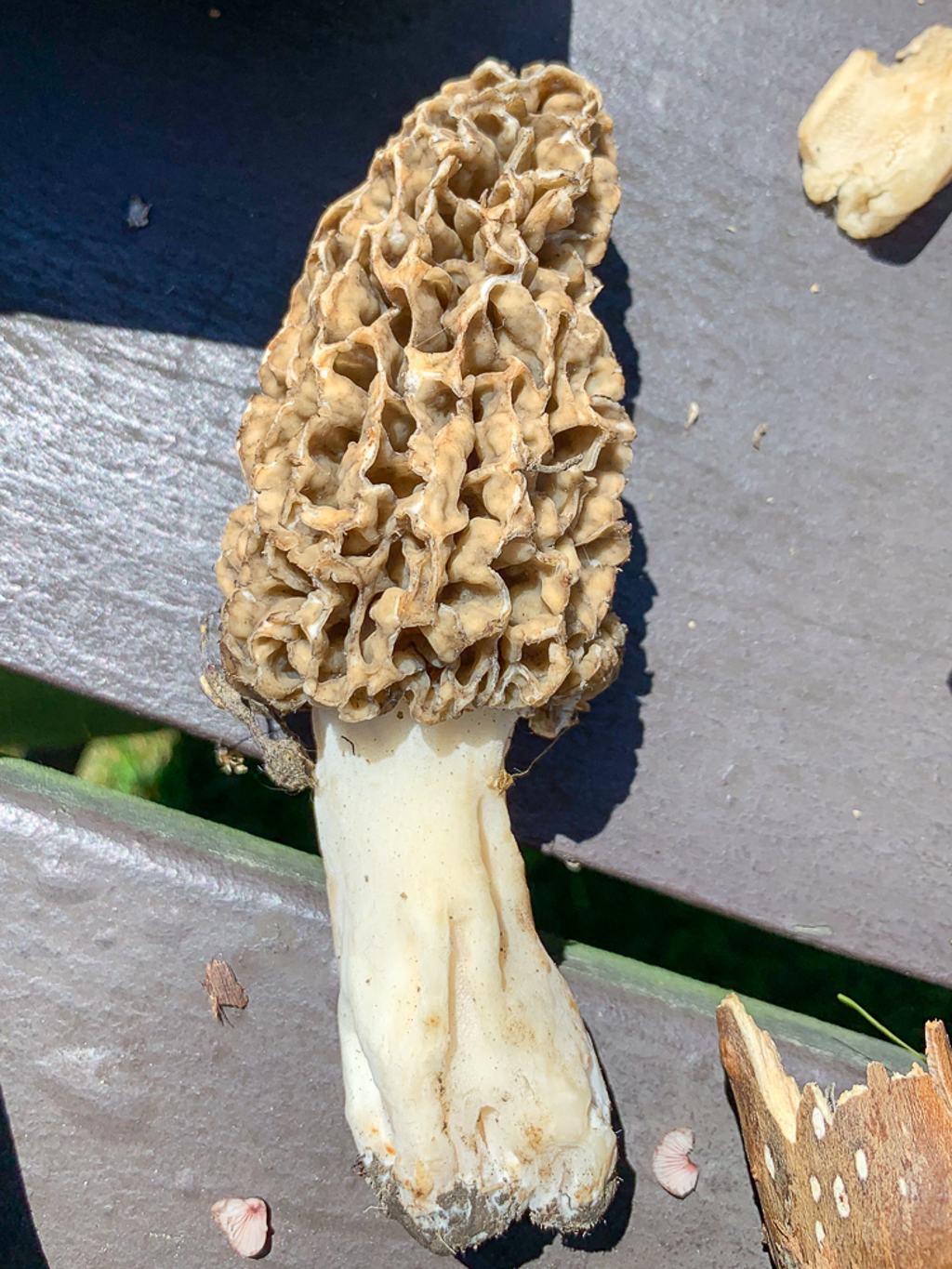
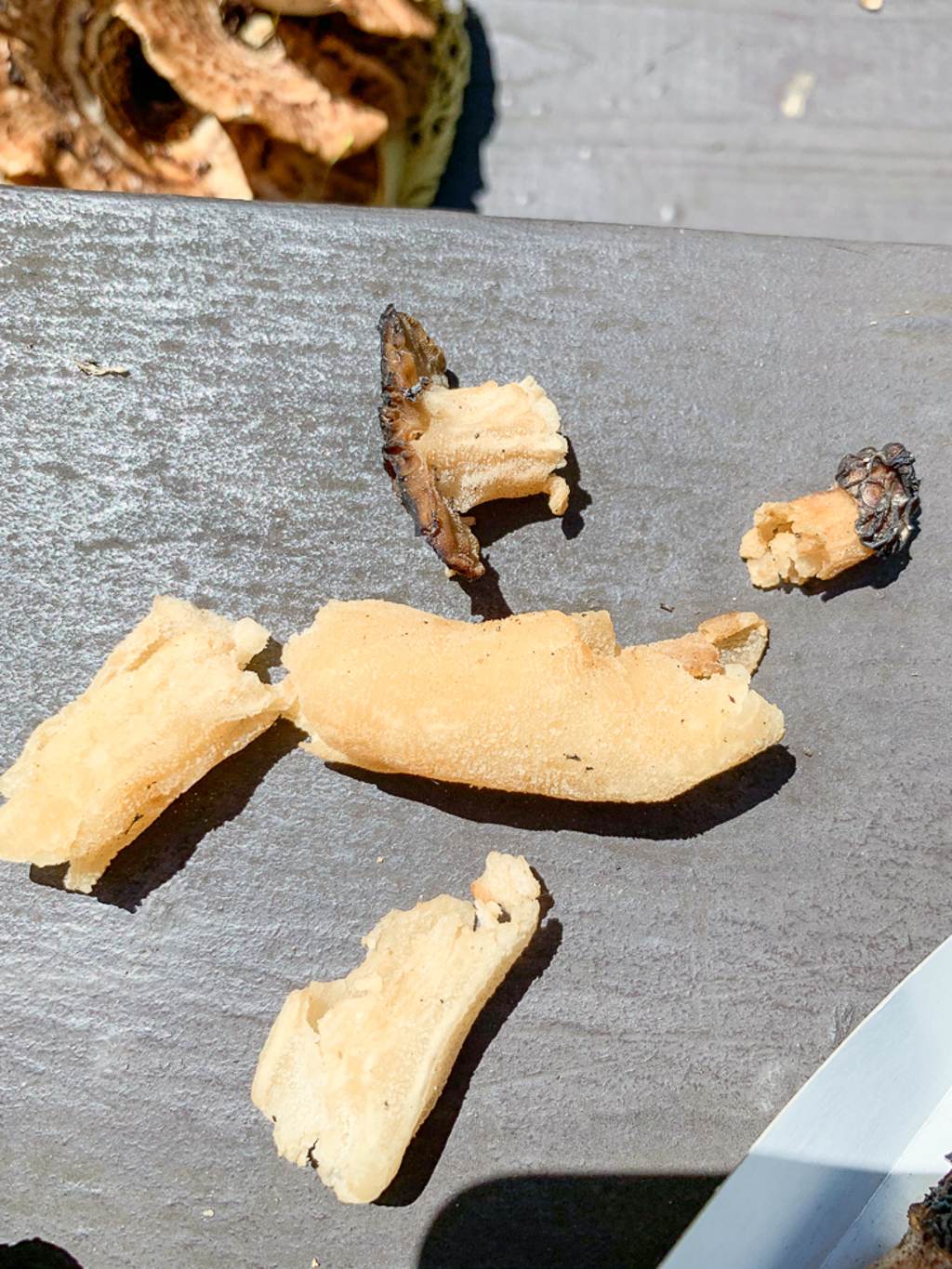
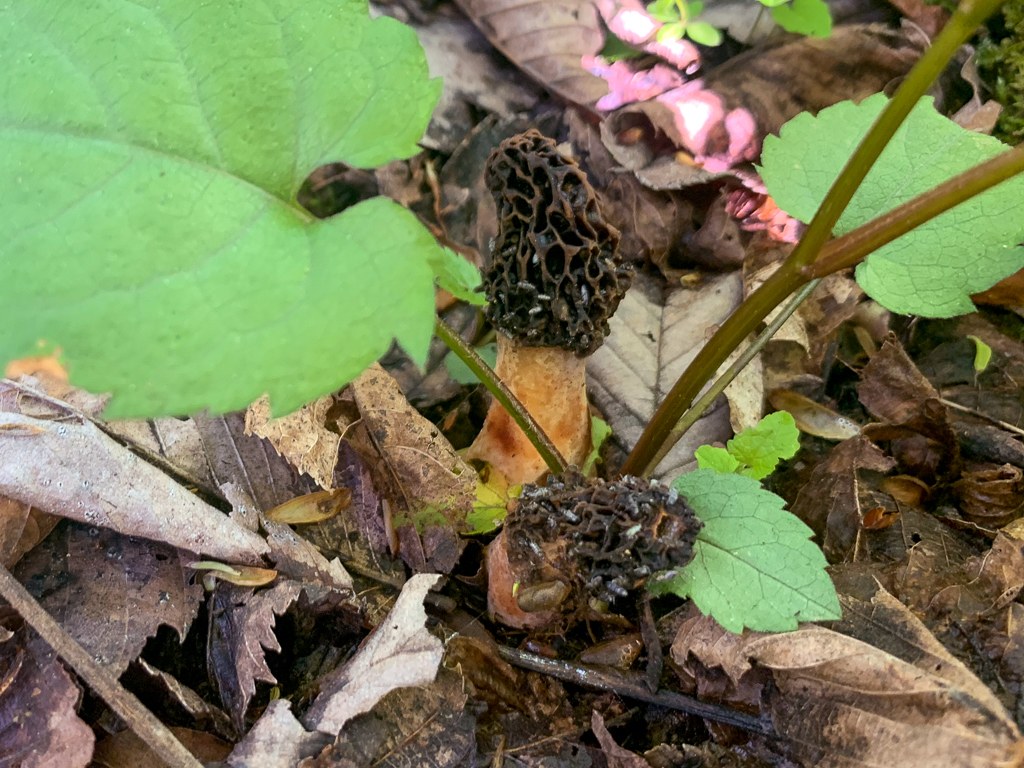
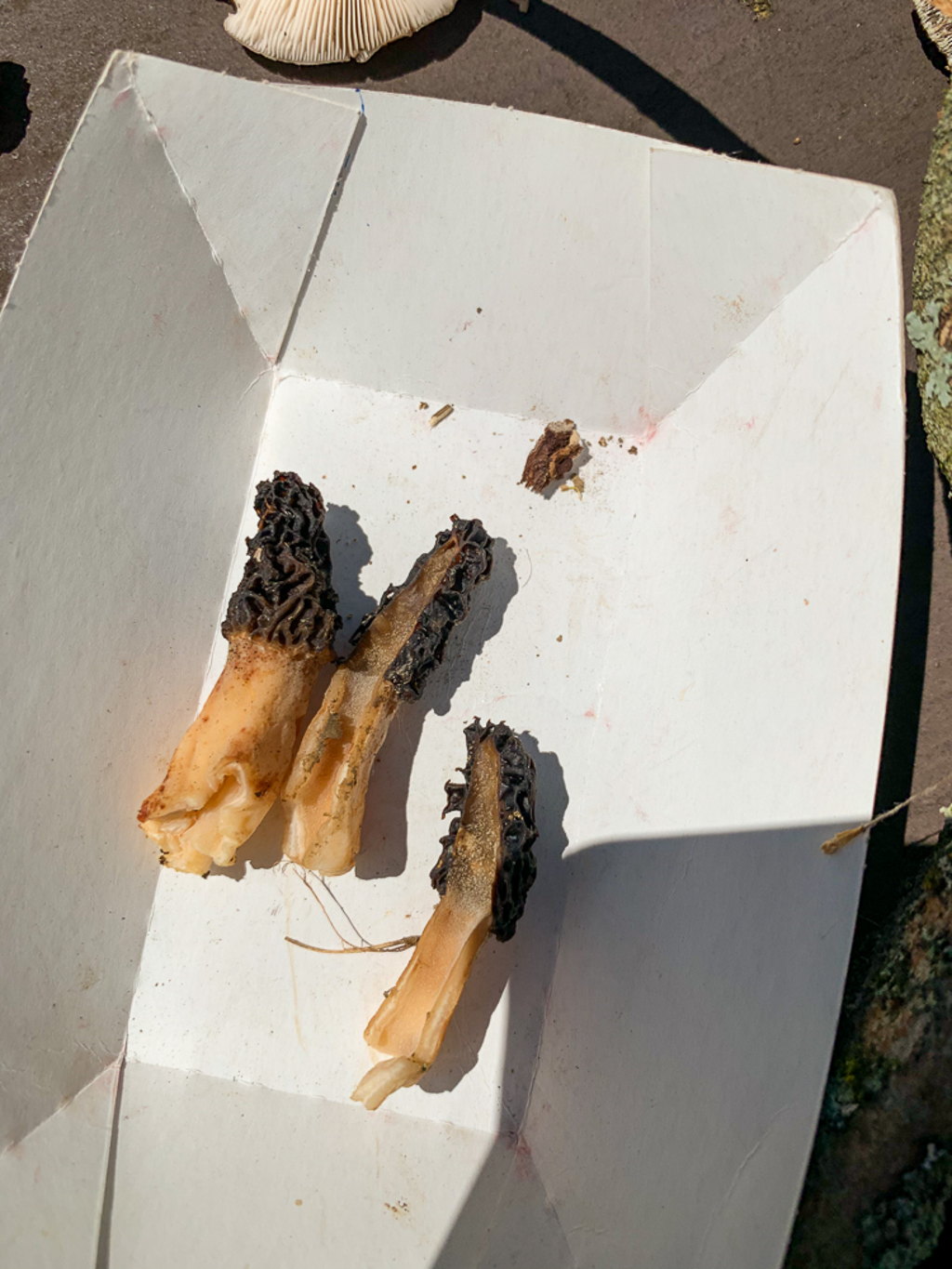
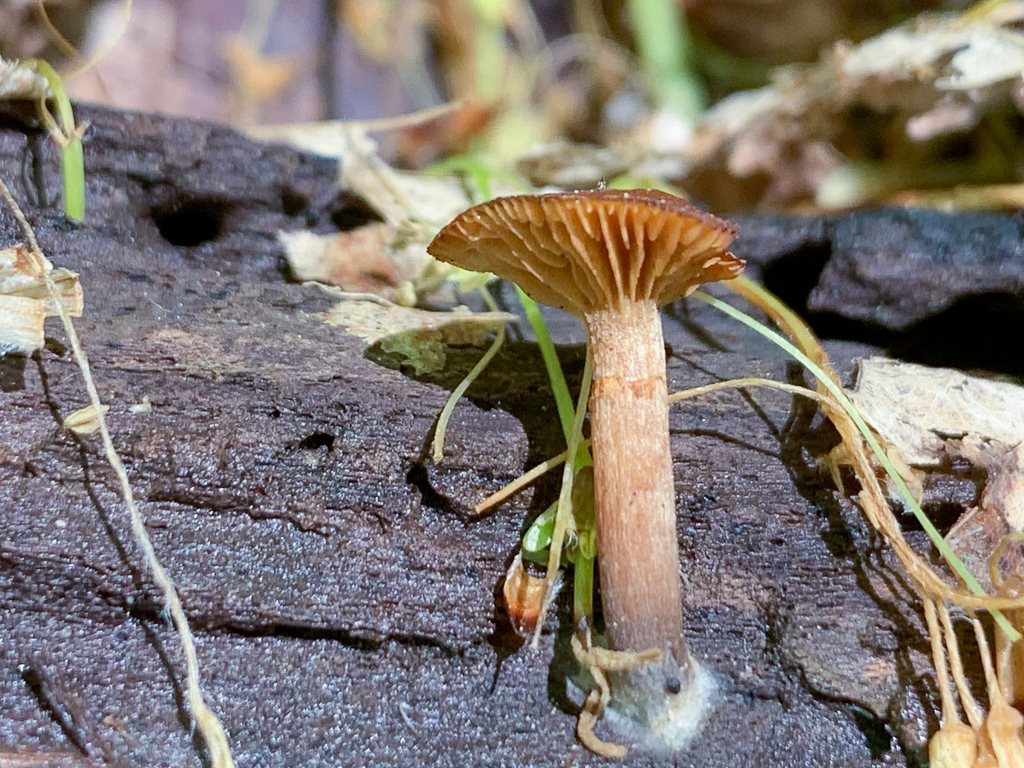
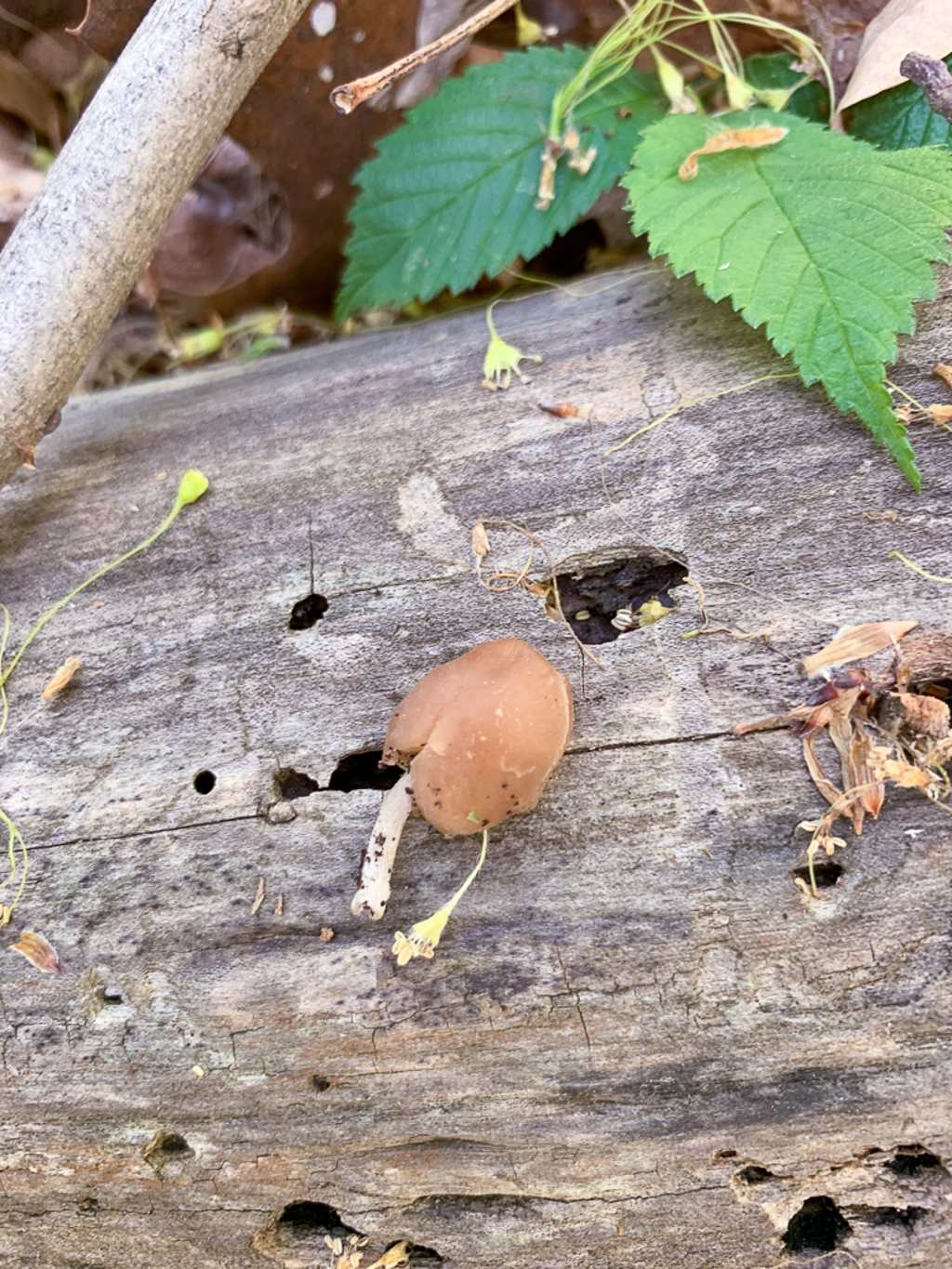
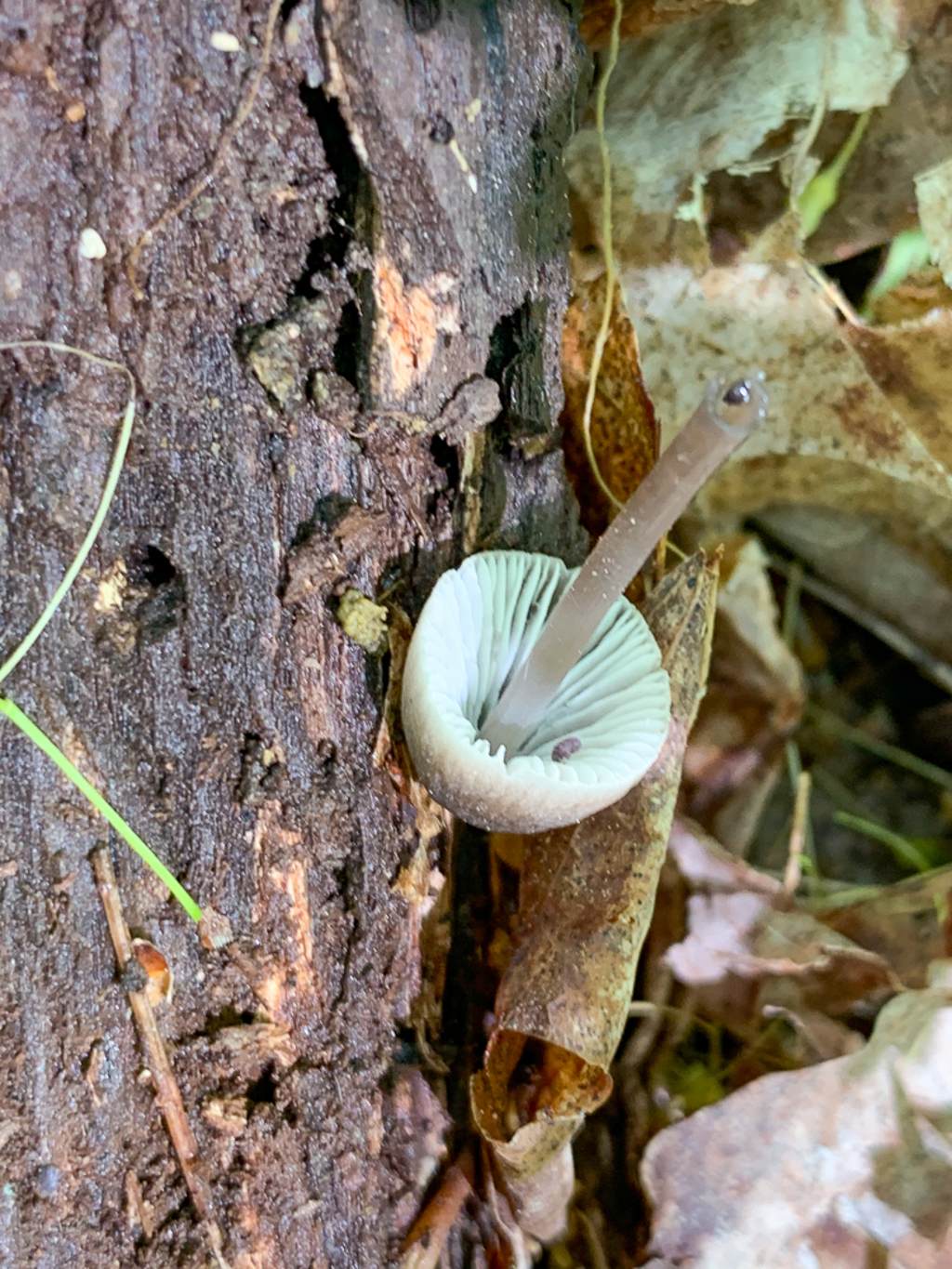

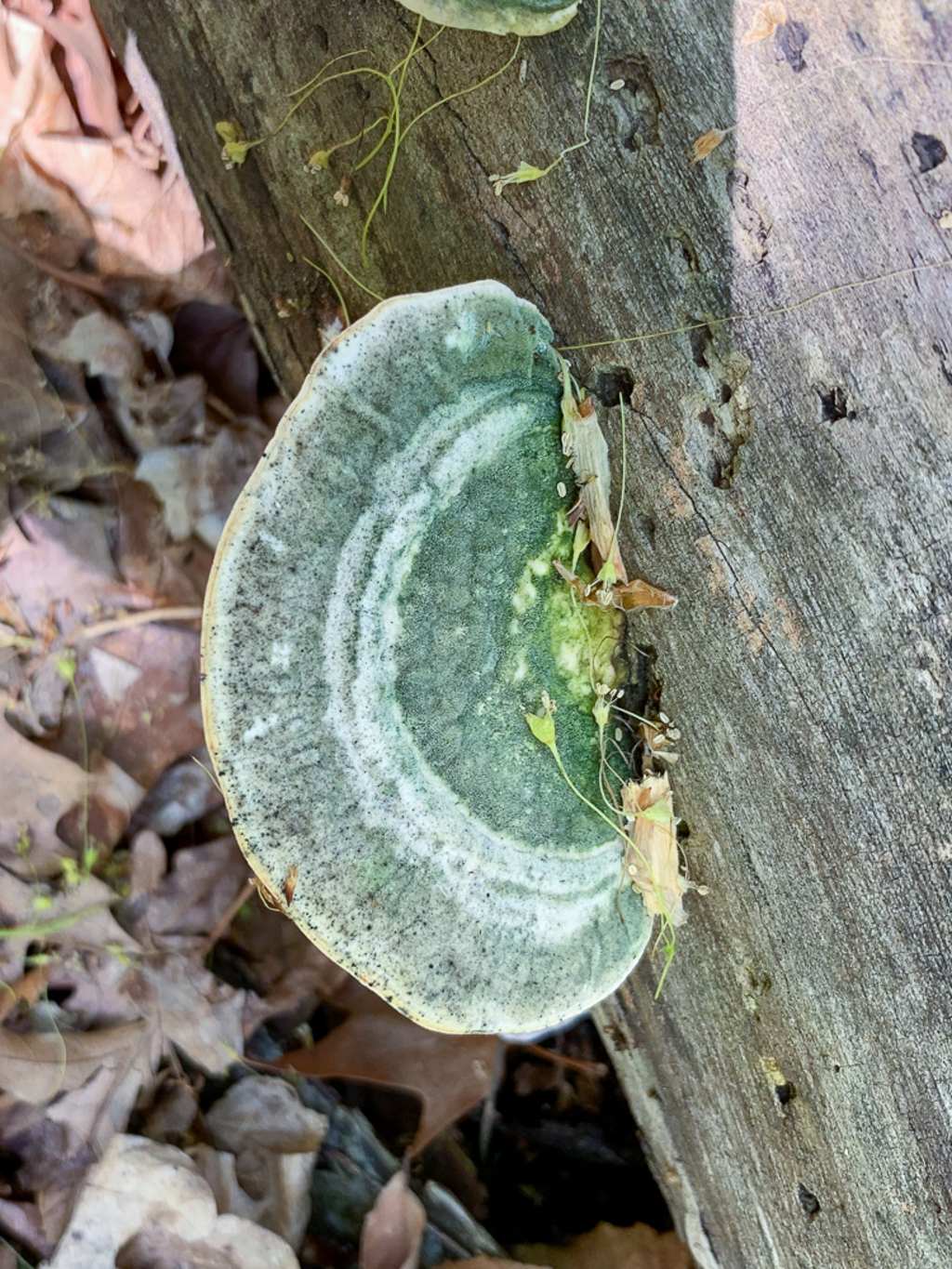
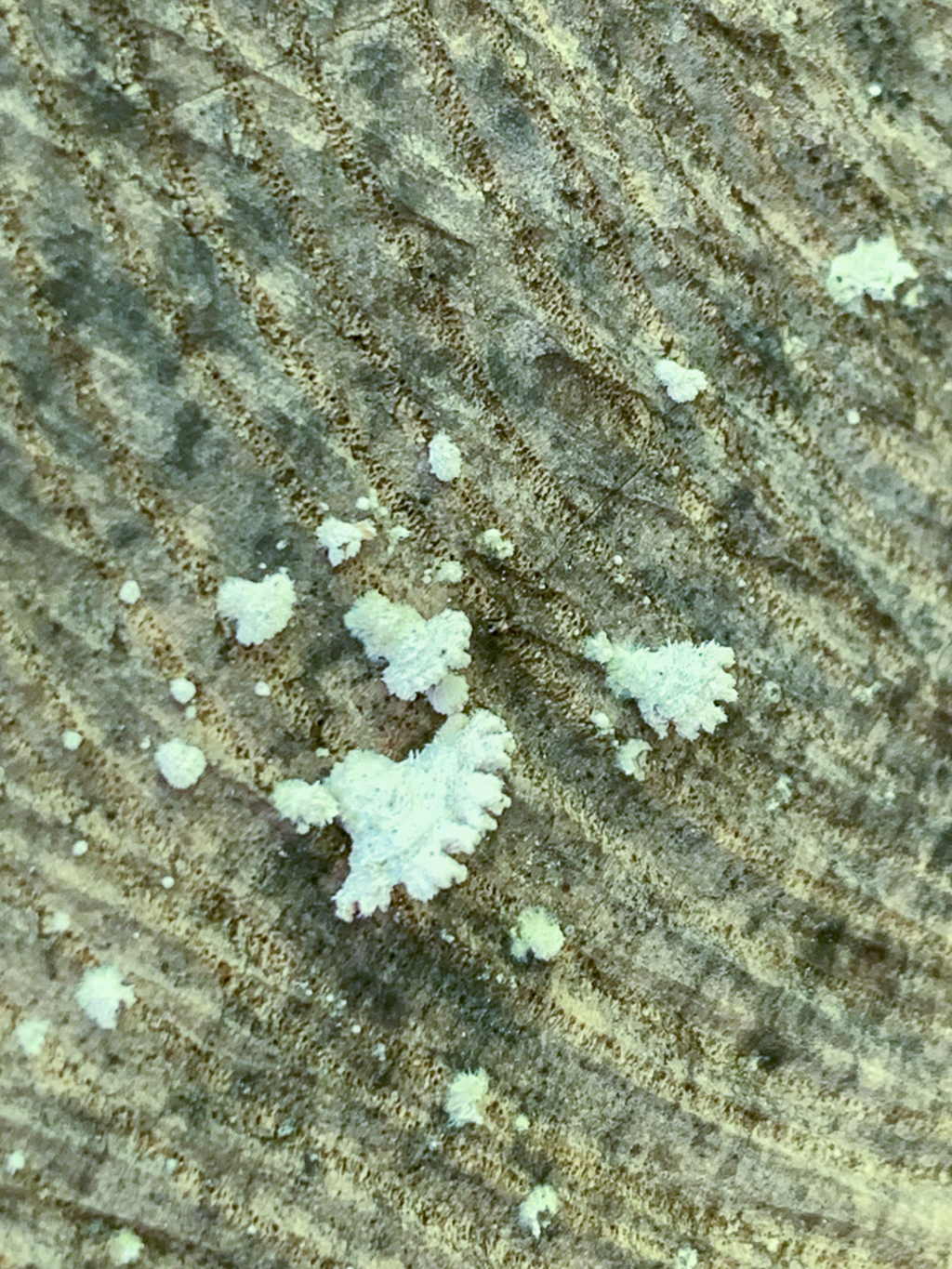
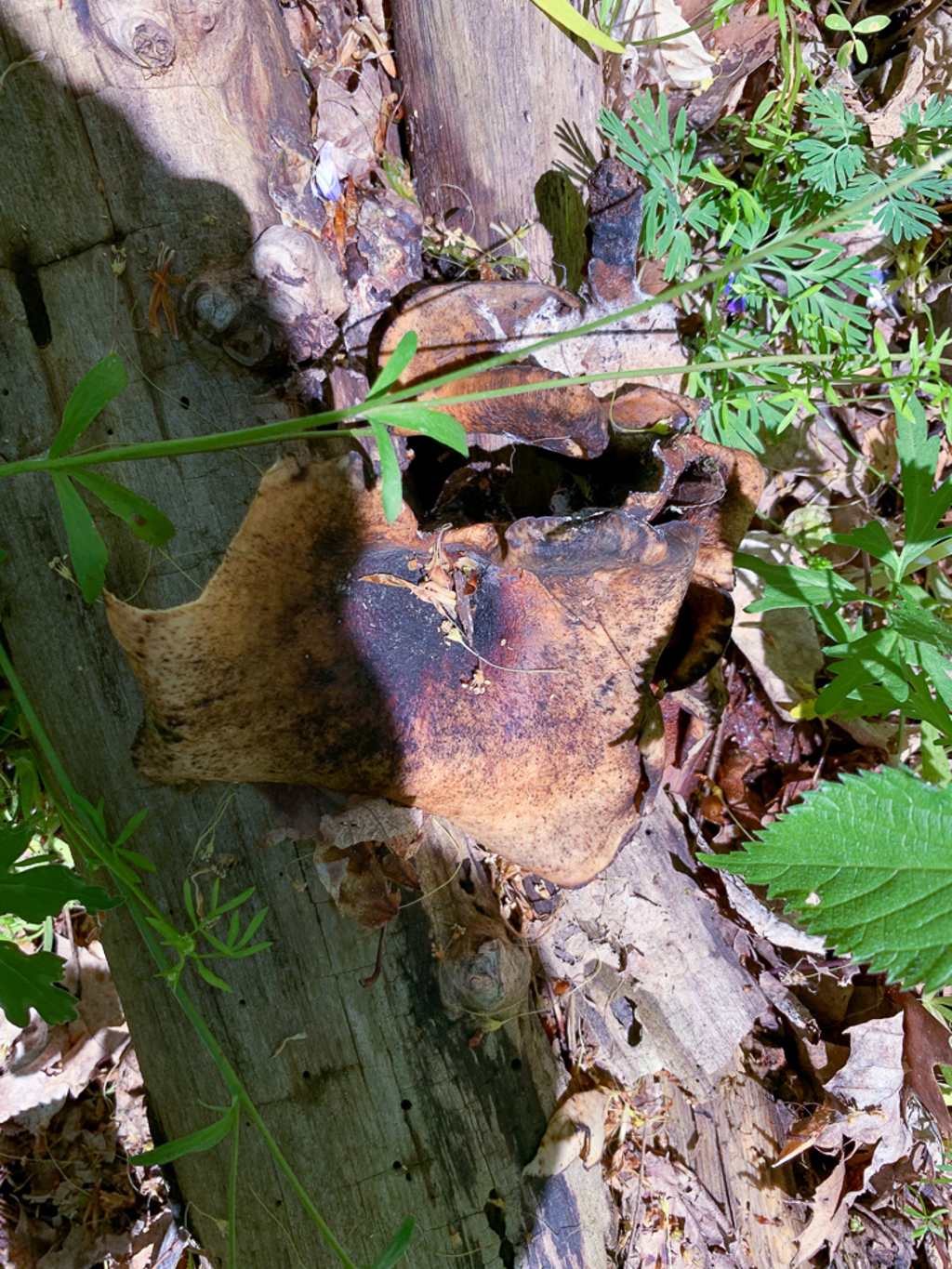

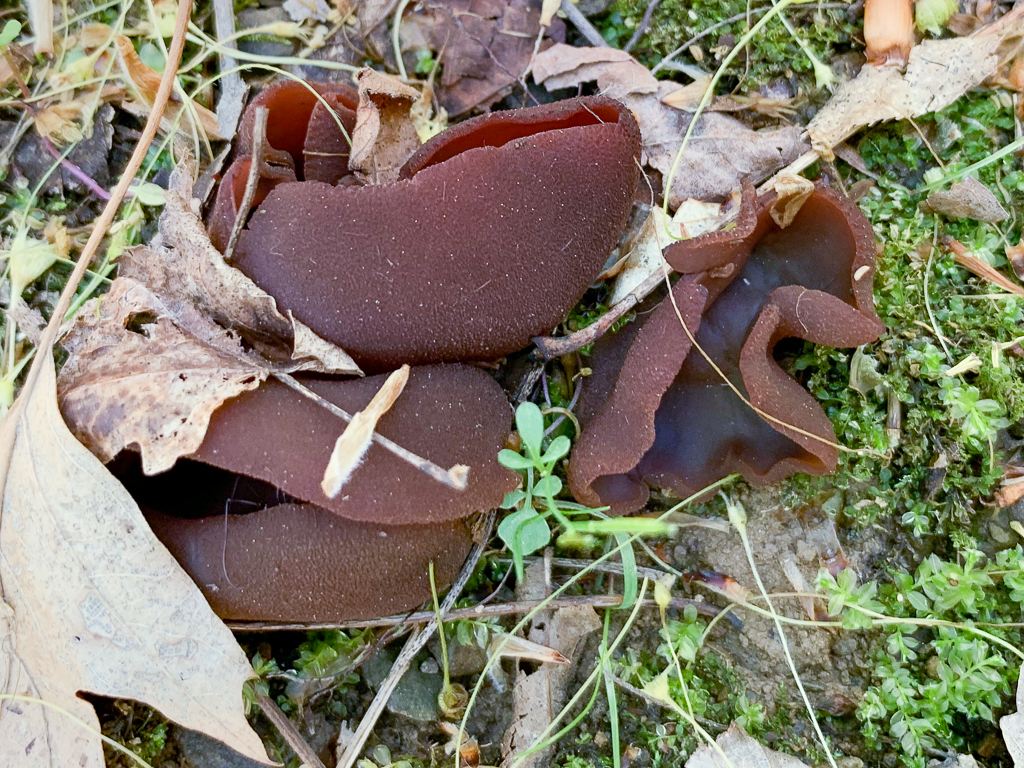
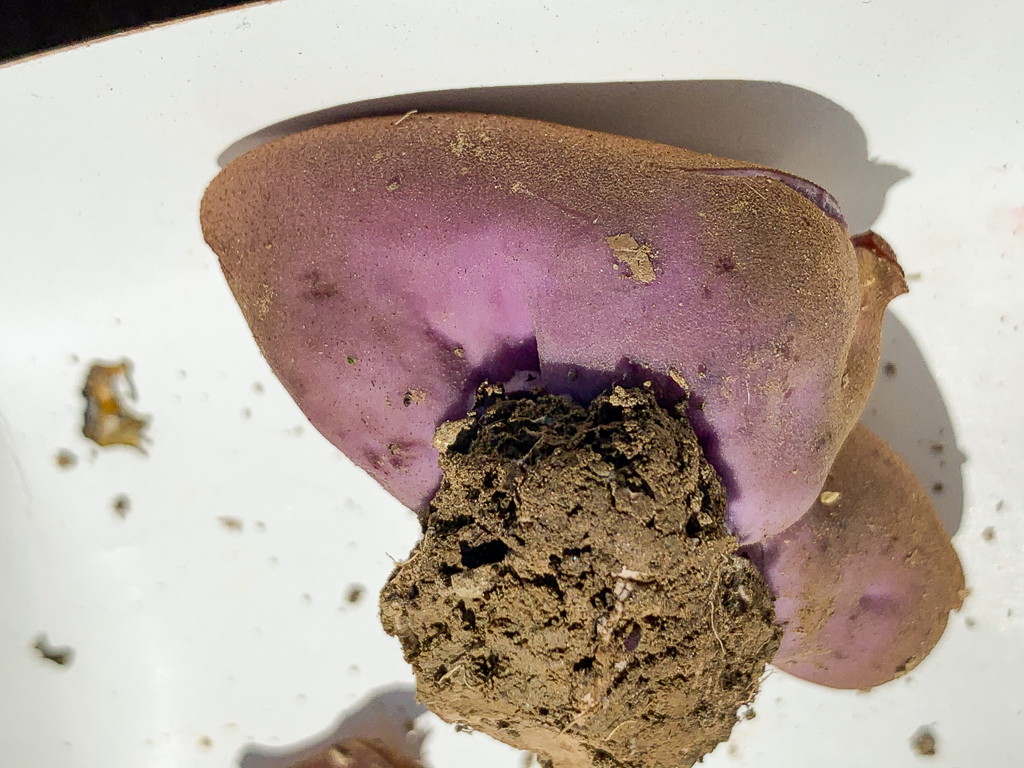
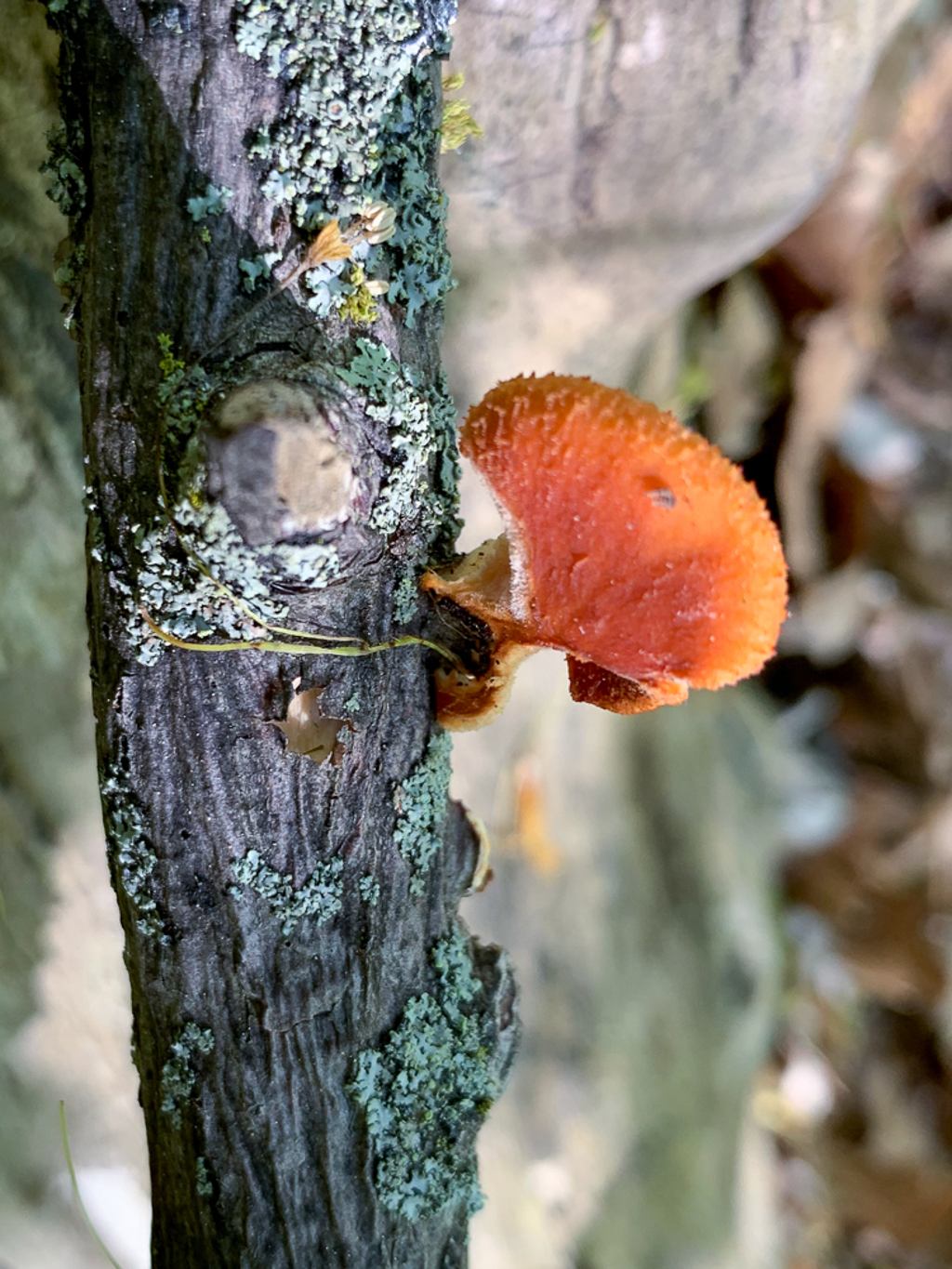

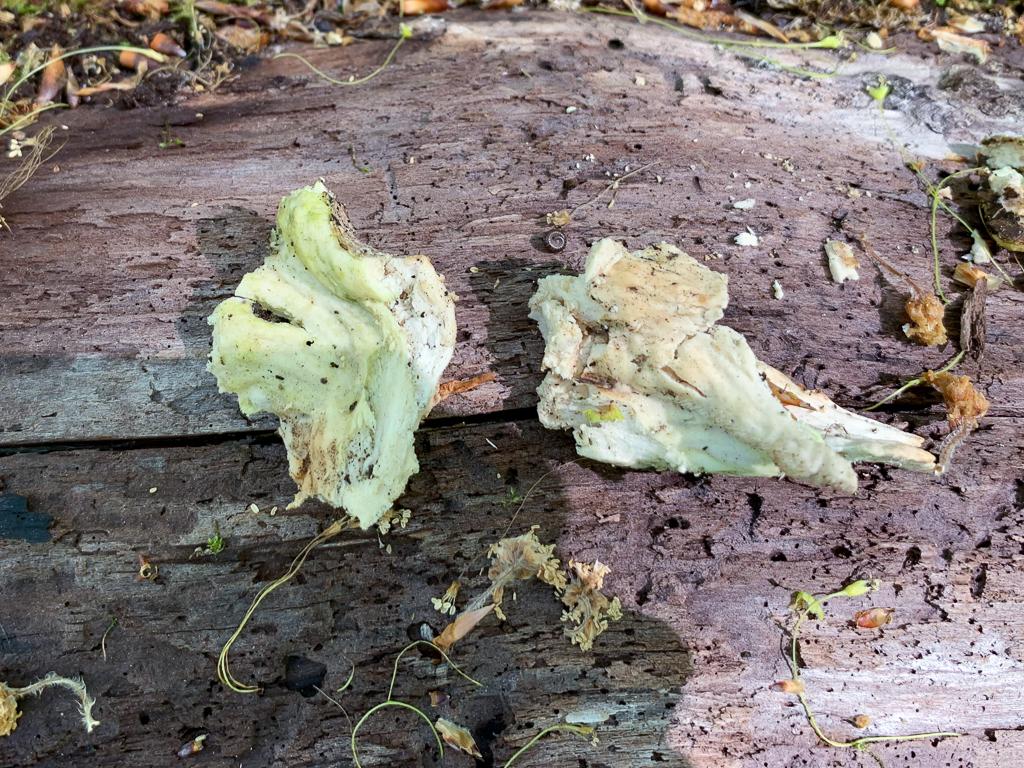
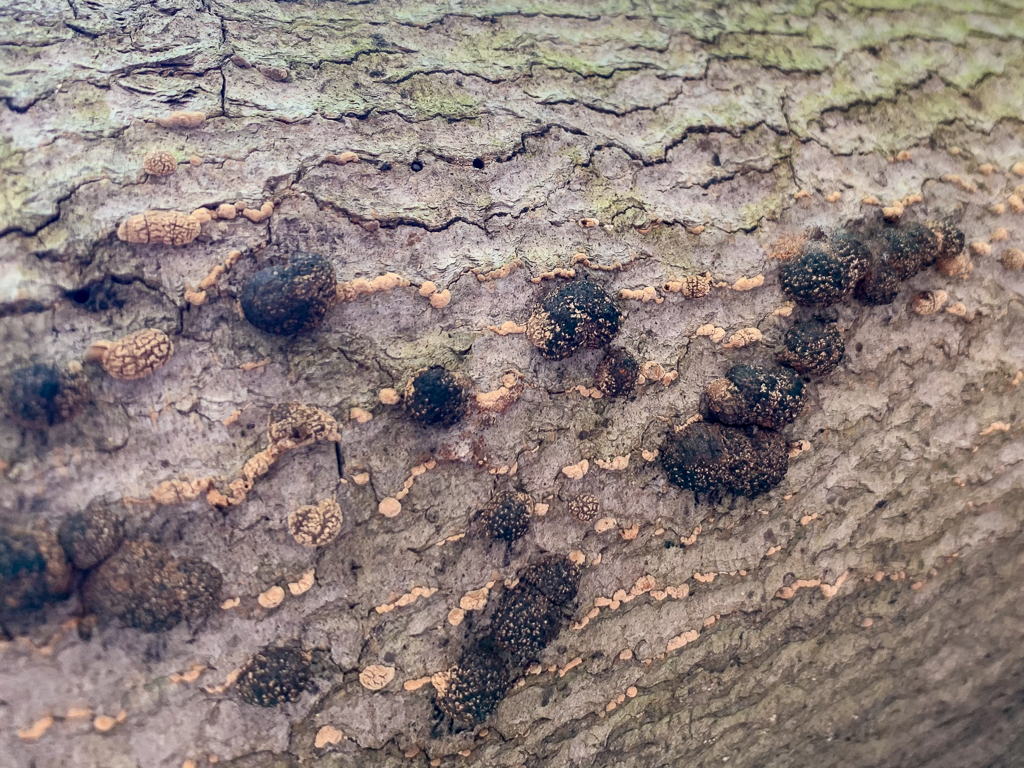
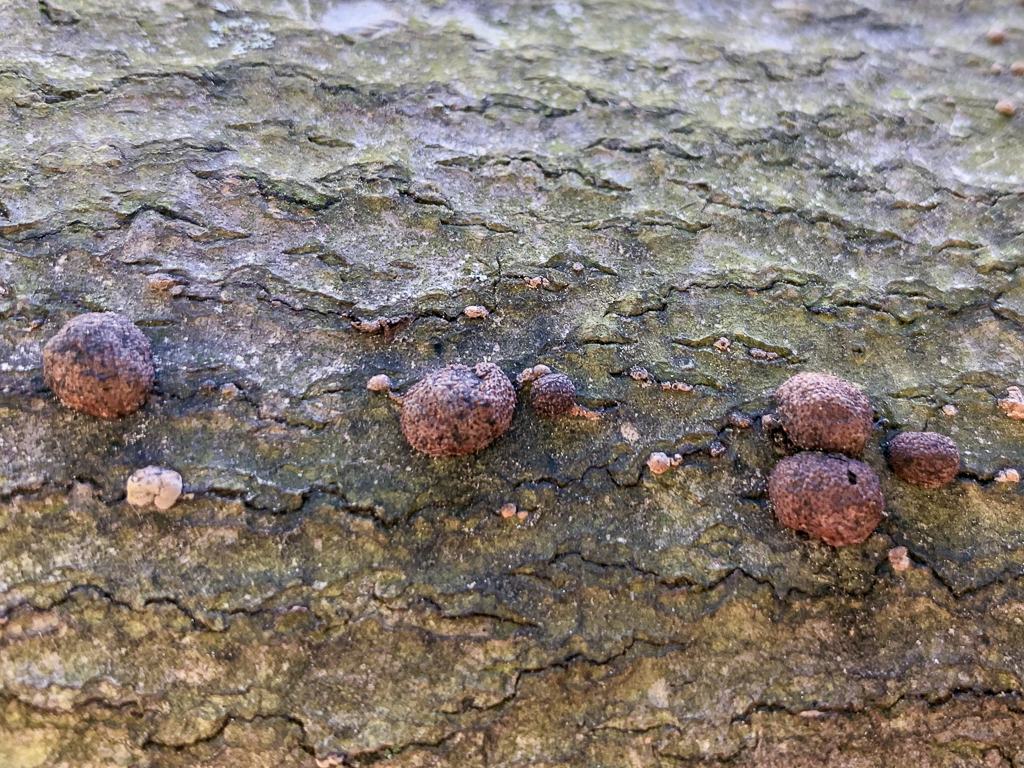
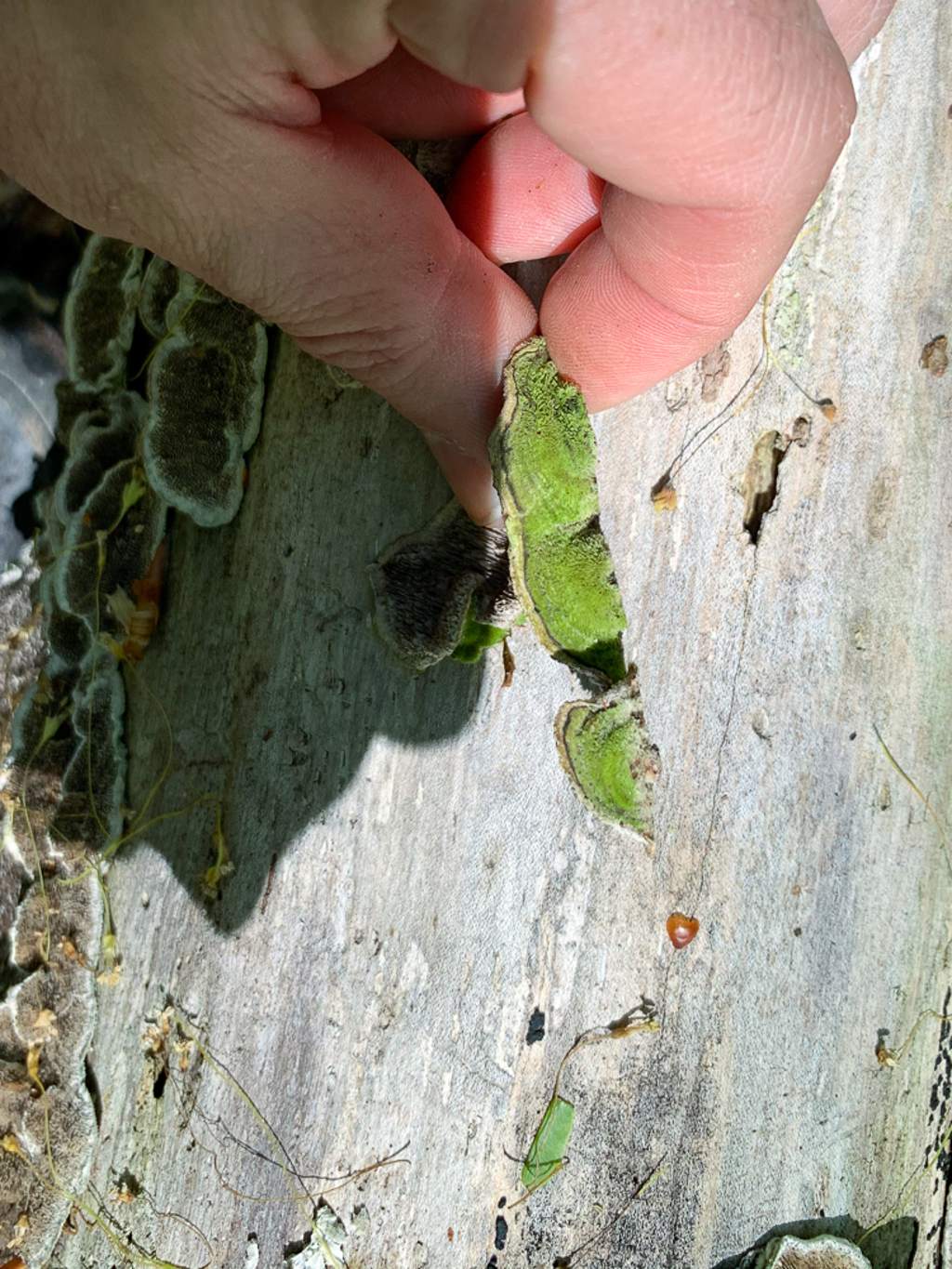
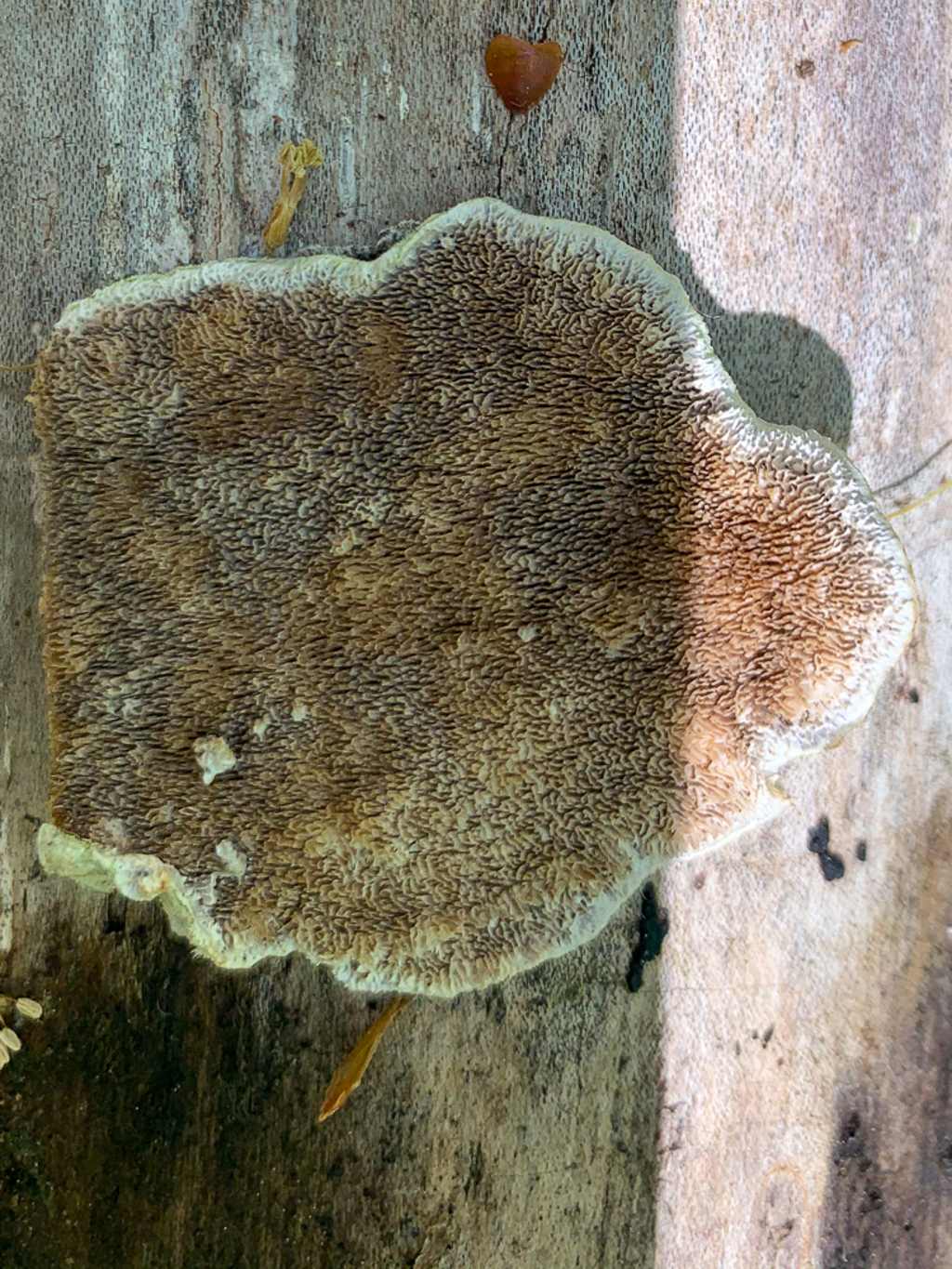
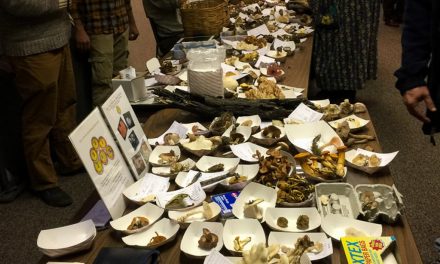
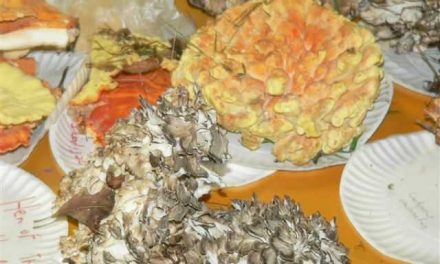
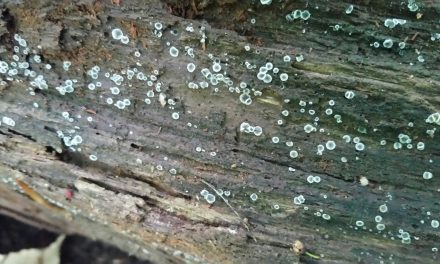
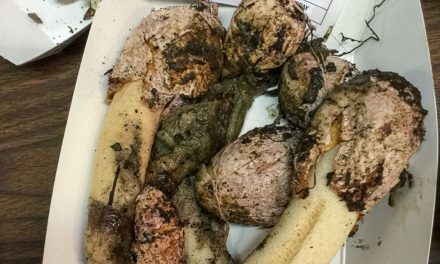

Recent Comments